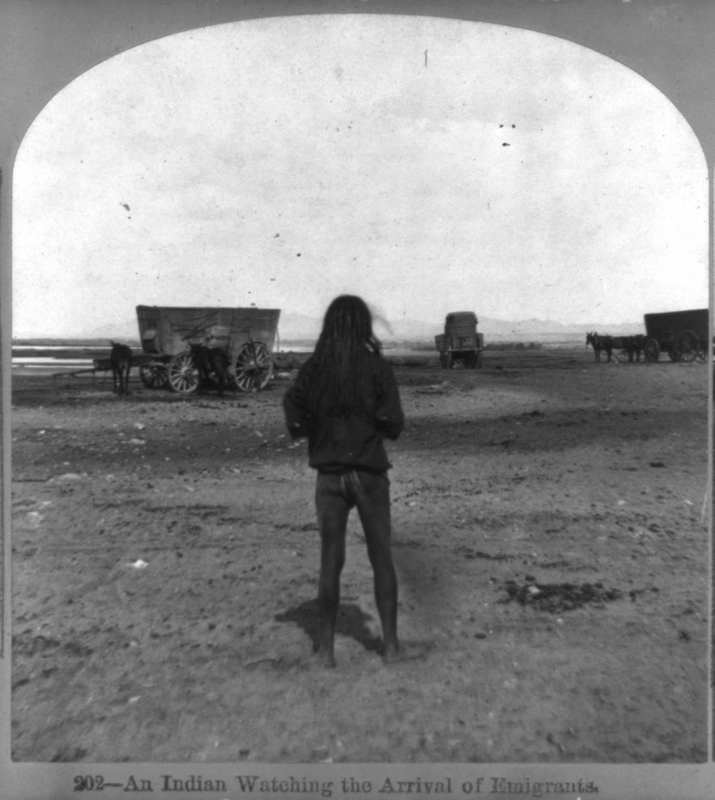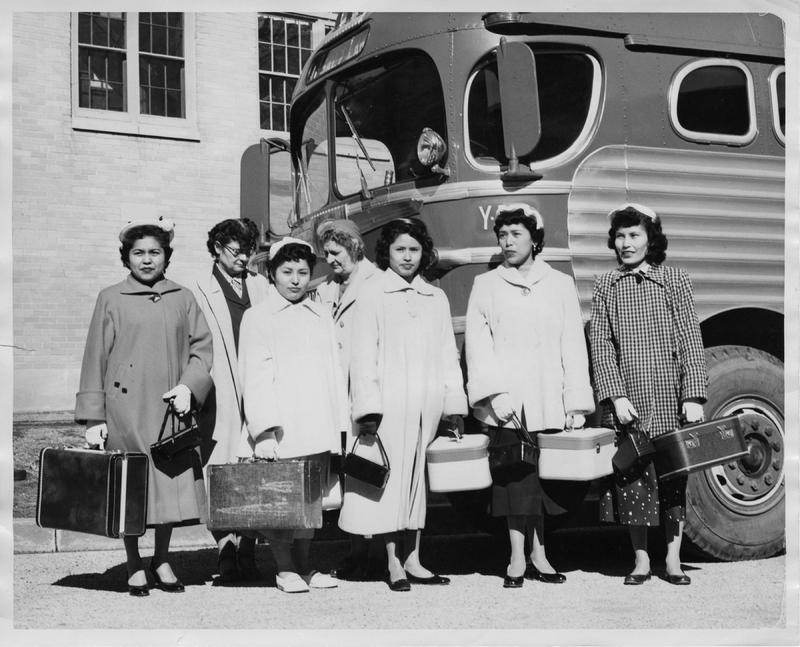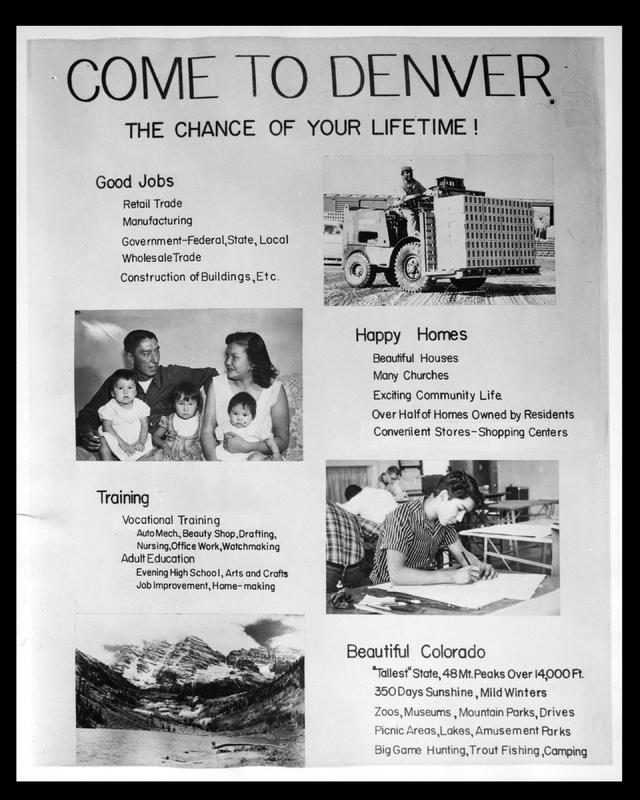American Indian Displacement and Relocation

Courtesy of the Library of Congress, LC-USZ62-56599
American Indians have experienced displacement at different points in U.S. history, starting with forced removal from tribal lands to reservations. The U.S. Congress passed the Dawes Act in 1887 with the belief that the U.S. would be best served if Native cultures were assimilated into American standards of “civilization.” This legislation created the framework for federal policies meant to assimilate American Indians into the American mainstream, effectively forcing individual rather than collective ownership of land, and eroding Indian culture.
Assimilation policies were kept in place until they were repudiated by the 1975 Indian Self-Determination and Education Assistance Act, which dramatically empowered tribes to exercise their sovereignty and control over their affairs. Nonetheless, subsequent generations continue to grapple with the legacy of displacement and deculturization.
In 1953, Congress passed a resolution to begin a federal policy of “termination,” through which American Indian tribes would be disbanded and their land sold. Working under this mandate, the Bureau of Indian Affairs (BIA) launched the Urban Relocation Program to move Indians off reservations into urban areas, aiming to break down tribal ties.
In 1950, the average Native American on a reservation was making $950 a year, while across the country the average black earned $2,000, and the average white earned almost $4,000. Offering job training and a better life, BIA agents recruited individuals and families to move to Chicago, Denver, Los Angeles, St. Louis, Cleveland, and Dallas, among other cities. In some cases, the BIA delivered its promises in terms of temporary housing and training; in many cases, the services fell short.

Courtesy of National Archives and Records Administration, Riverside, Perris, CA, Image No. 075-11-003
An estimated 750,000 American Indians migrated to cities between 1950 and 1980, some through the Relocation Program and some on their own. Inter-tribal urban Indian communities were formed, creating new dynamics and a sense of identity. These communities were also among the first to demand self-determination rights in the 1960s.
Today, seven out of ten American Indians and Alaska Natives live in urban areas.
